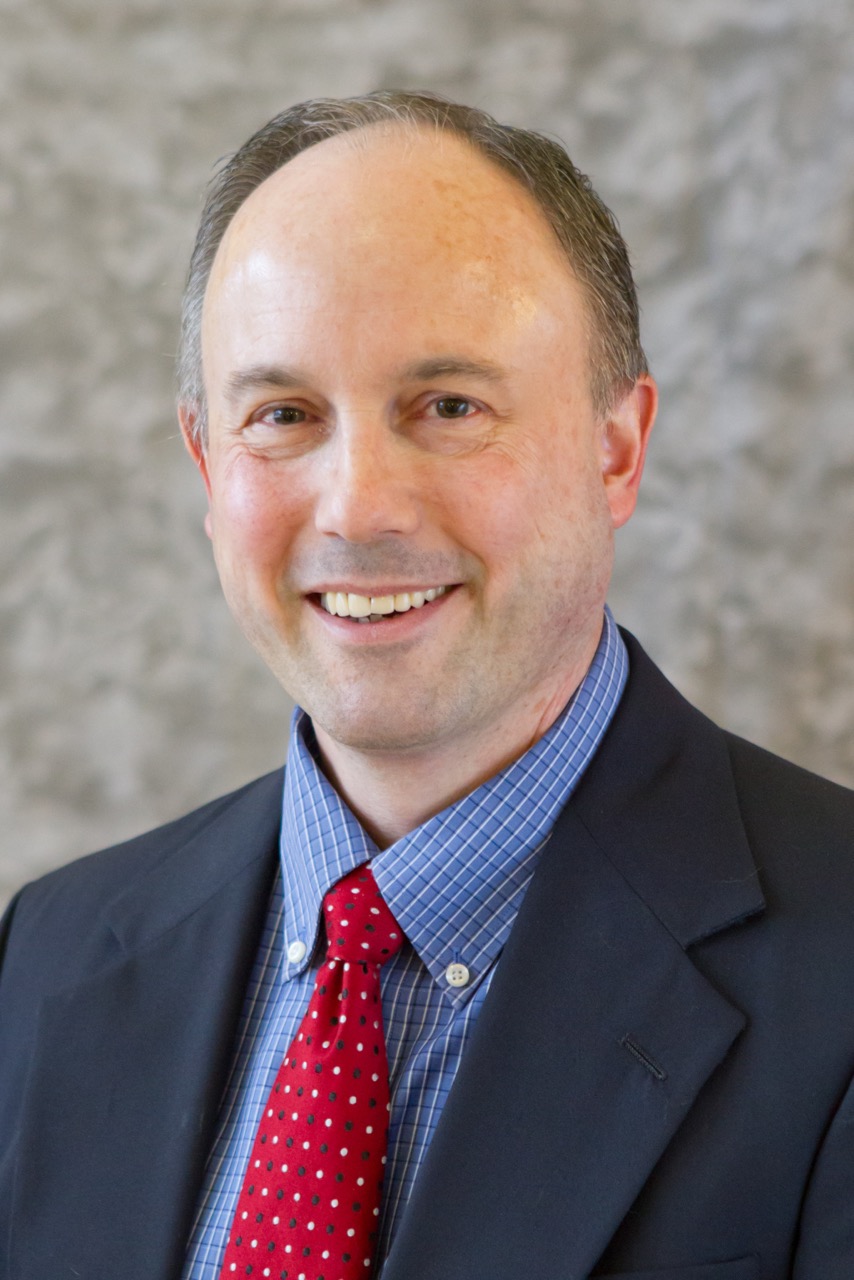Explaining the Complexity of Cold Sores

I saw a patient with a rather large “cold sore” on his upper lip just before I retired and he asked me to write a column on this unsightly condition.
People use the term “cold sore” to describe different types of lesions that occur on the lips or inside the mouth. I’m not sure of the origin of the term, but I presume that it came into being to describe sores that sometimes appear when a person has an illness like the common cold.
I want to focus on one particular type of infection, herpes simplex. If you think this condition is caused by a herpes virus, give yourself a gold star – this family of viruses has appeared in this column before. If you recall, a particular strain of herpes virus causes chicken pox and shingles.
There are two distinct types of herpes simplex viruses, HSV-1 and HSV-2. Lesions on the lips are caused by HSV-1 about 80 percent of the time. The remaining 20 percent of infections are found in the genital area. HSV-2 on the other hand causes about 80% of genital infections and 20 percent of oral infections. In adolescents, about 30-40 percent of genital infections are caused by HSV-1, probably due to the rise of oral sex in this age group.
Most adults (about 80 percent) have antibodies to HSV-1 in their blood meaning they were infected by HSV-1 at some point in their lifetimes. Most initial infections occur in children aged six months to three years. Despite the high rate of infection, only about 30 percent of people show any outward signs of infection. Antibodies to HSV-2 are found in about 20 percent of adults.
HSV is spread through respiratory droplets, saliva or from skin-to-skin contact. The viruses can’t invade intact skin, so there must be breach in the skin barrier for them to enter the body. The virus can also invade mucus membranes that are found inside the mouth and in the genital area and also enter through abraded skin which is why HSV infection is found frequently in wrestlers.
Most initial or “primary” HSV infections in people with good immune systems are mild and often without symptoms. The incubation period from exposure to lesion appearance averages about four days.
HSV lesions start with some tingling, itching, or burning at the site of infection. This is usually followed by swelling a day or so later and the formation of small blisters or vesicles. The virus causes skin cell death so often the lesions become dark or even black. They eventually scab over and the cycle repeats itself at some point in the future.
Just as with other herpes infections, once the primary infection is over the virus enters a dormant phase inside nerve cells, waiting to re-emerge at some later date.
There are various stimuli or triggers that can cause reactivation of herpes simplex. These include fever, physical or emotional stress, ultraviolet light exposure, suppression of the immune system, and nerve injury. Recurrent infections tend to be less severe because the body can mount an immune response more rapidly.
For some people, particularly those with weakened immune systems, HSV infection can be very serious. It can lead to brain infections (encephalitis) and can also spread throughout the body infecting various organs. Herpes encephalitis kills 60 to 80 percent of its victims. Infections in newborns can be very serious.
HSV infections can be treated with oral antiviral medications like Zovirax® (acyclovir), Famvir® (famciclovir) and Valtrex® (valacyclovir). There is also a topical drug available called Abreva®. The drugs stop the reproduction cycle of the virus by inhibiting the replication of viral DNA. Despite treating the infection, there is no cure to rid the body of the virus.
Most physicians recommend starting an oral antiviral at the first sign of a recurrence. This often shortens the duration of the infection and may prevent it from progressing altogether. Some people who have frequent recurrences may need to take daily antiviral medication to prevent outbreaks.
Sufferers of recurrent herpes simplex should avoid triggers. Probably the most effective preventative measure is to stay out of the sun or at least use a lip balm containing a high SPF sunscreen. People with active infections should avoid kissing others and abstain from oral sex.
Dr. John Roberts is a member of the Franciscan Physician Network specializing in Family Medicine.
